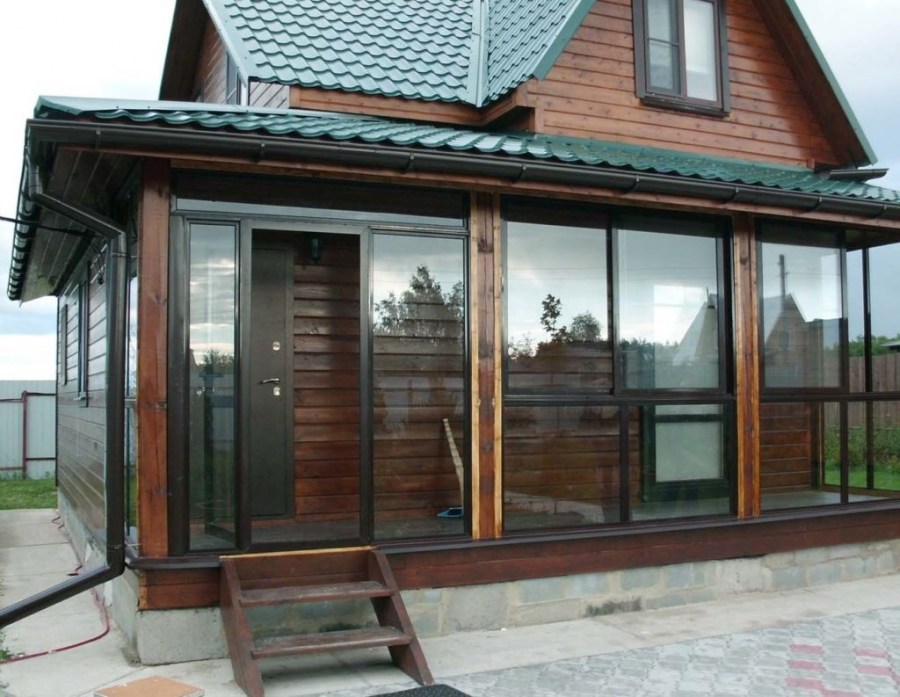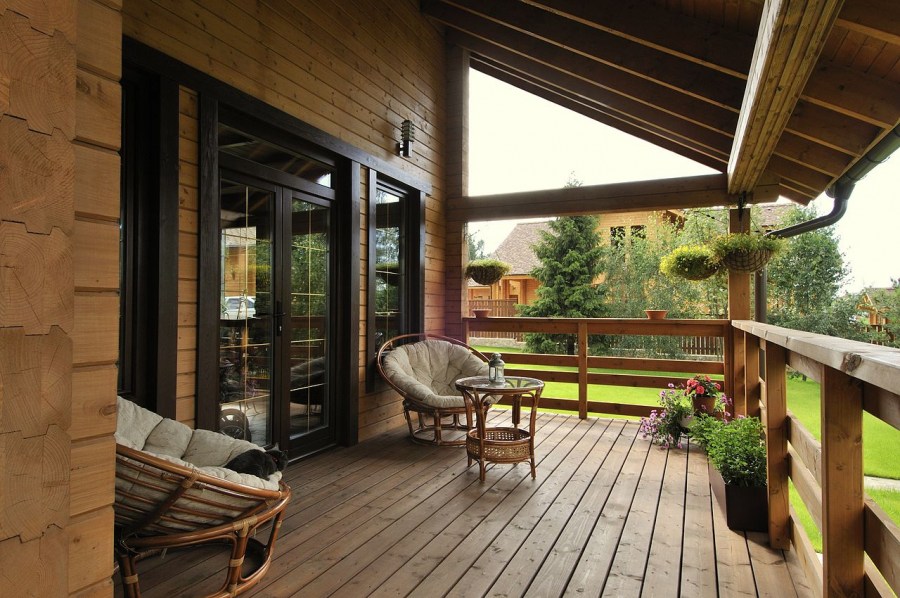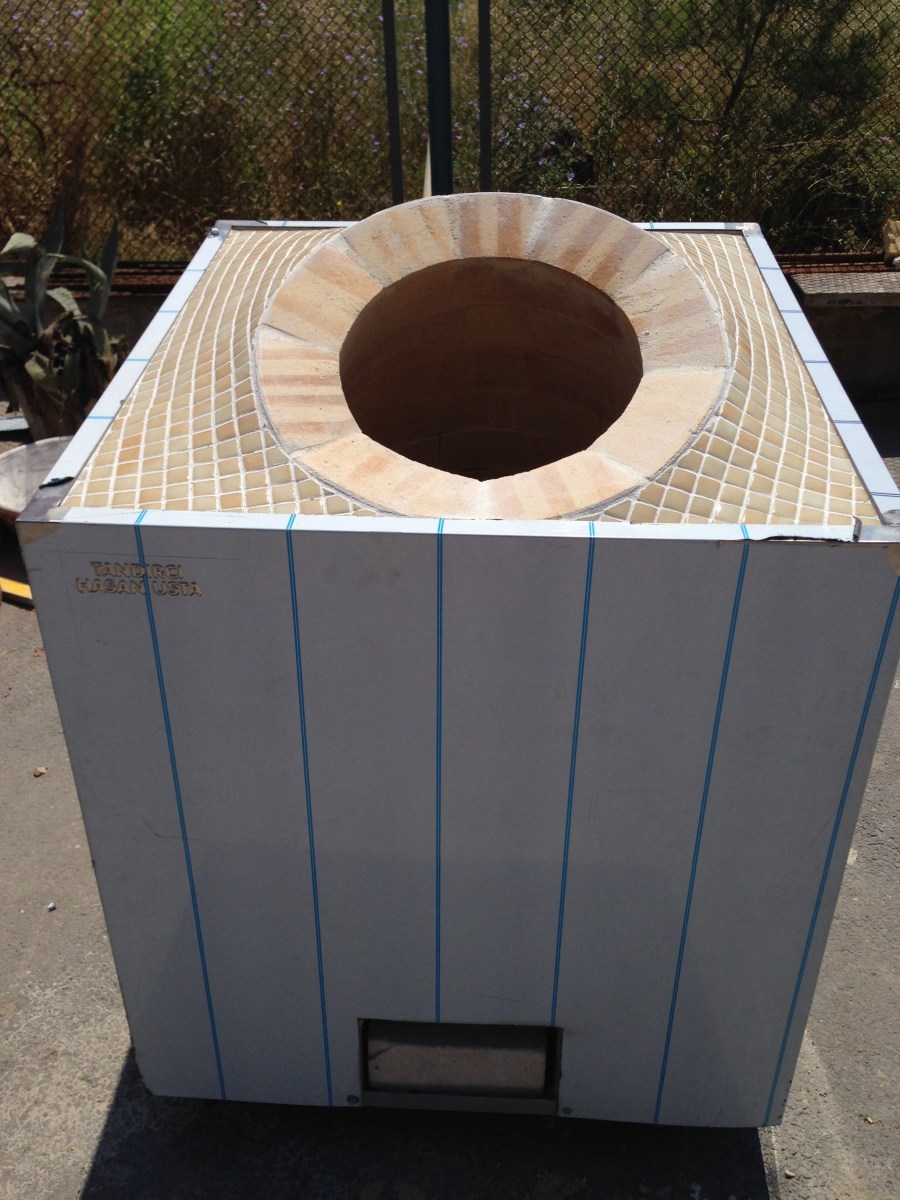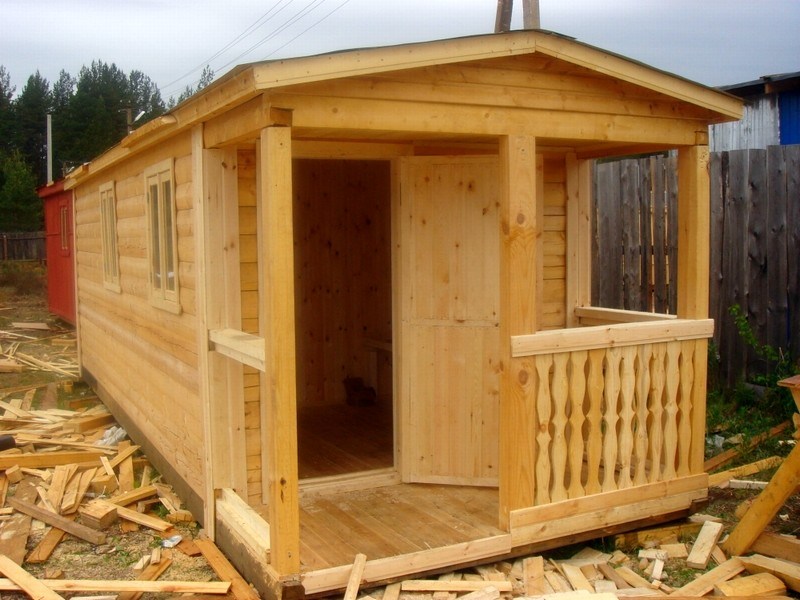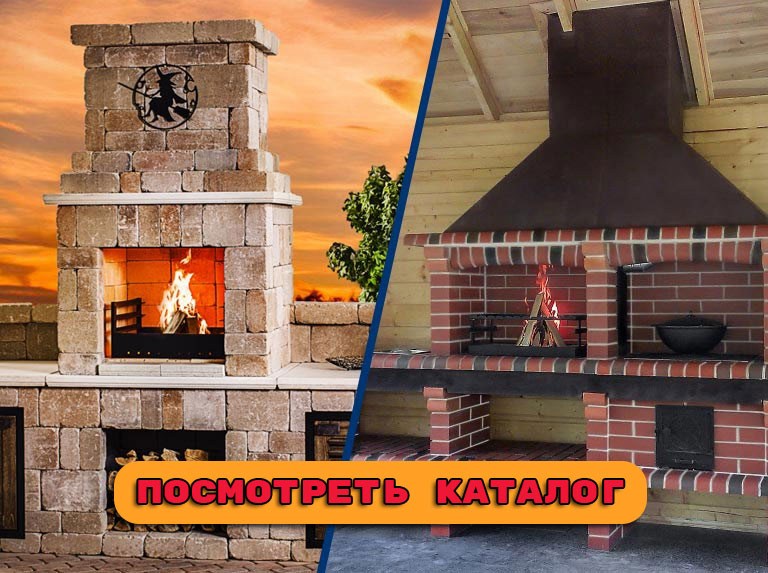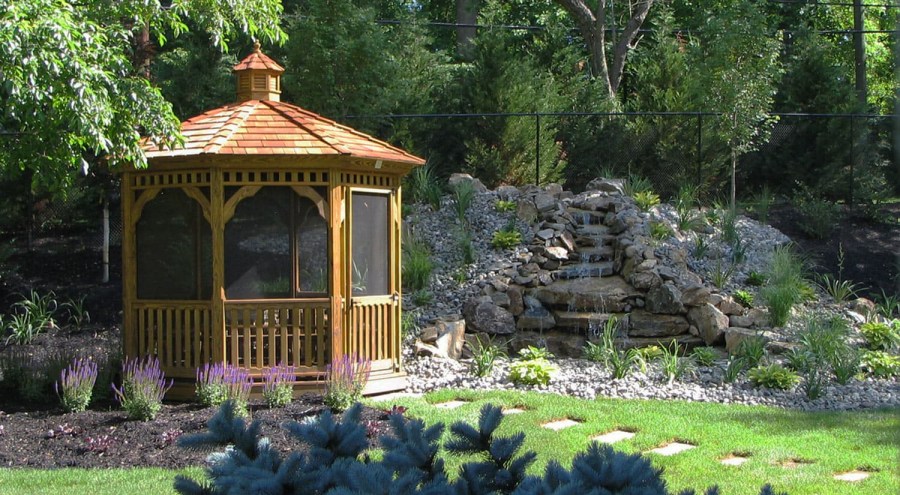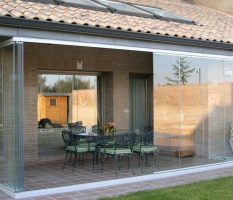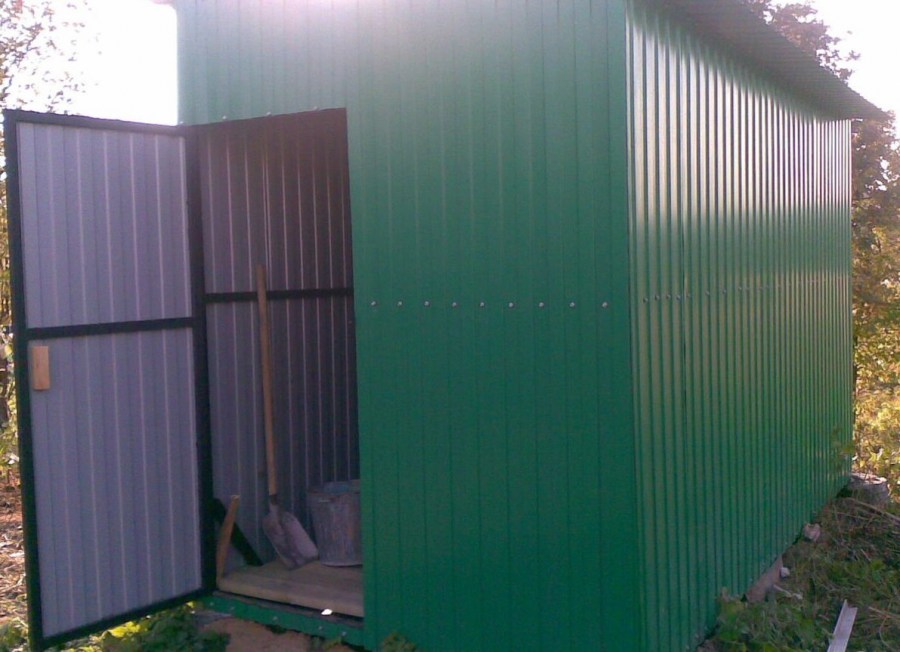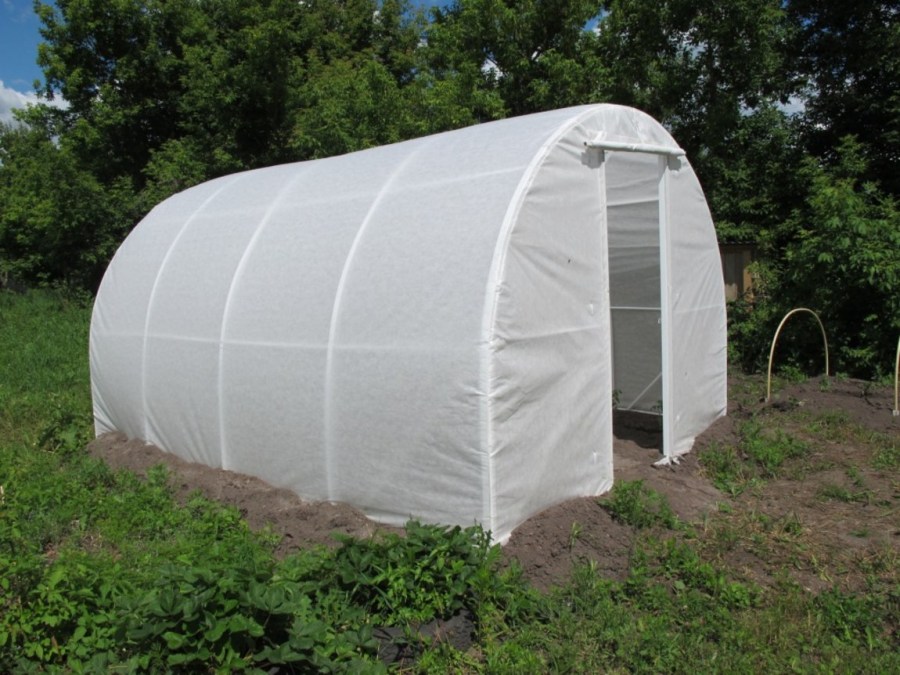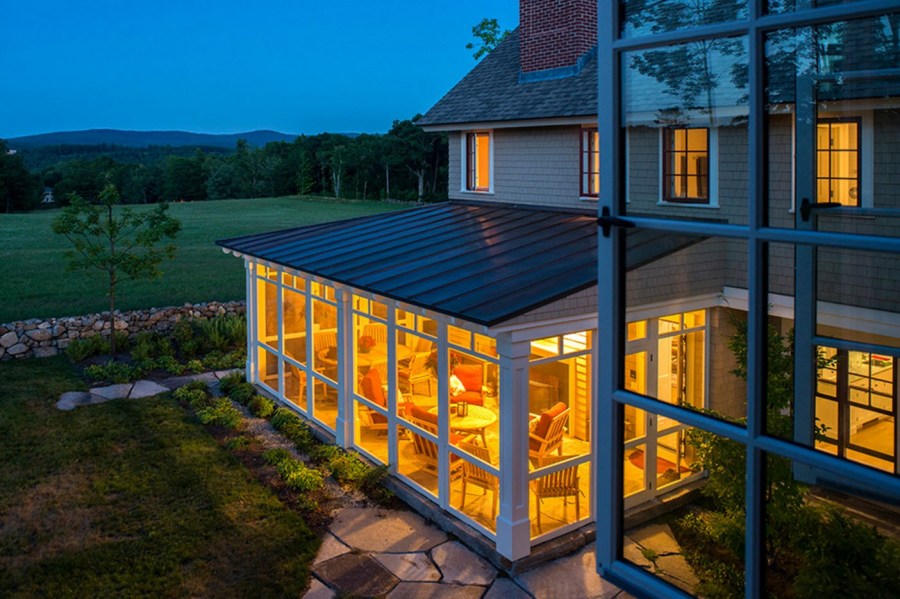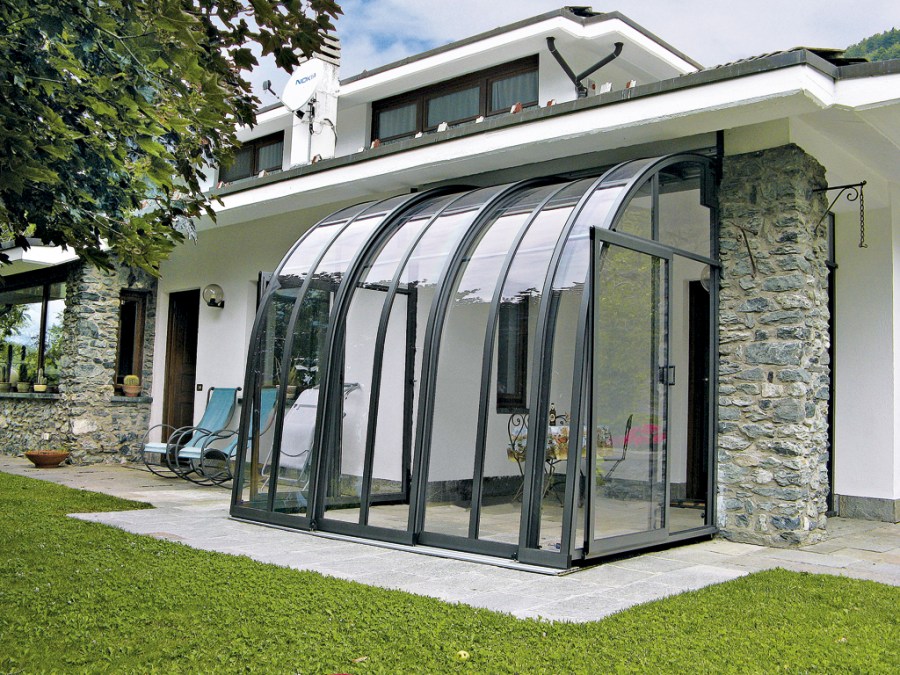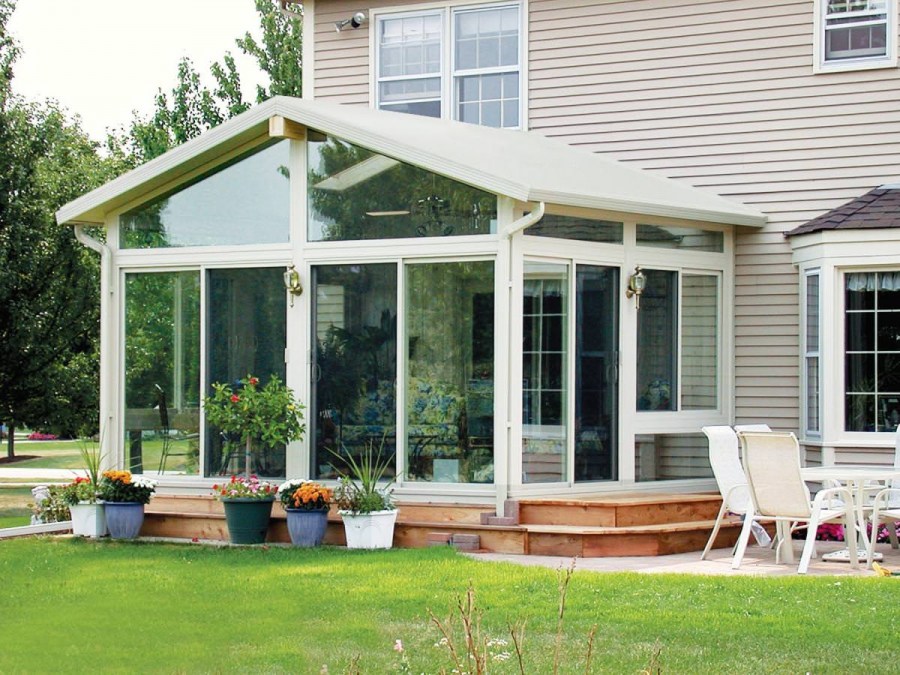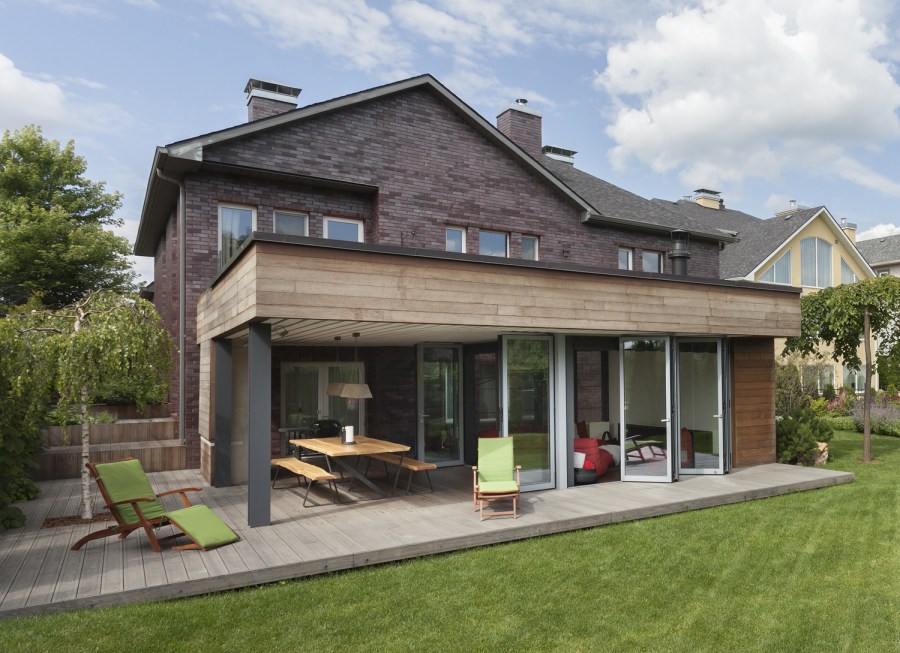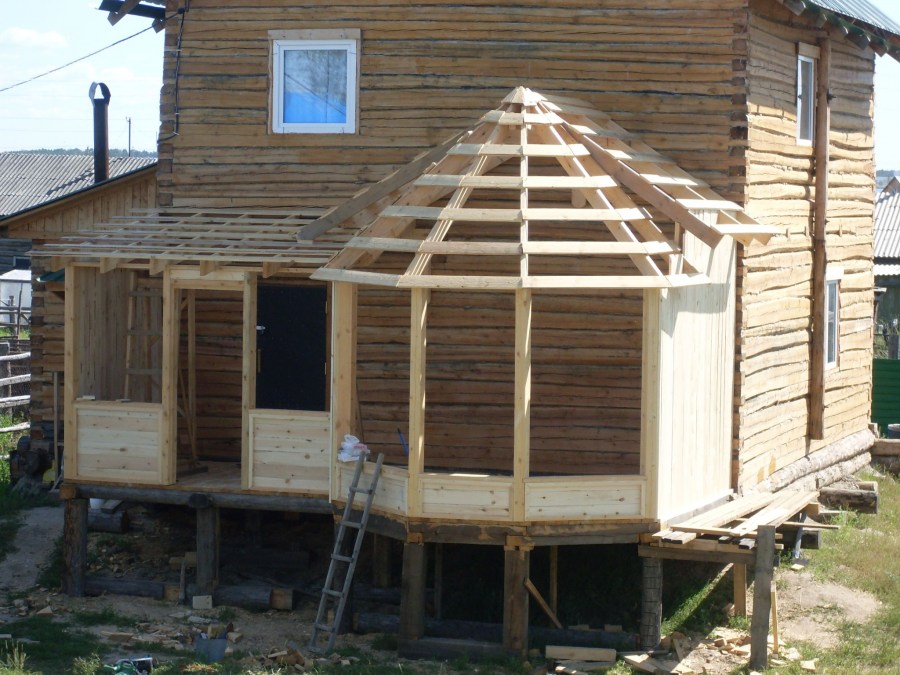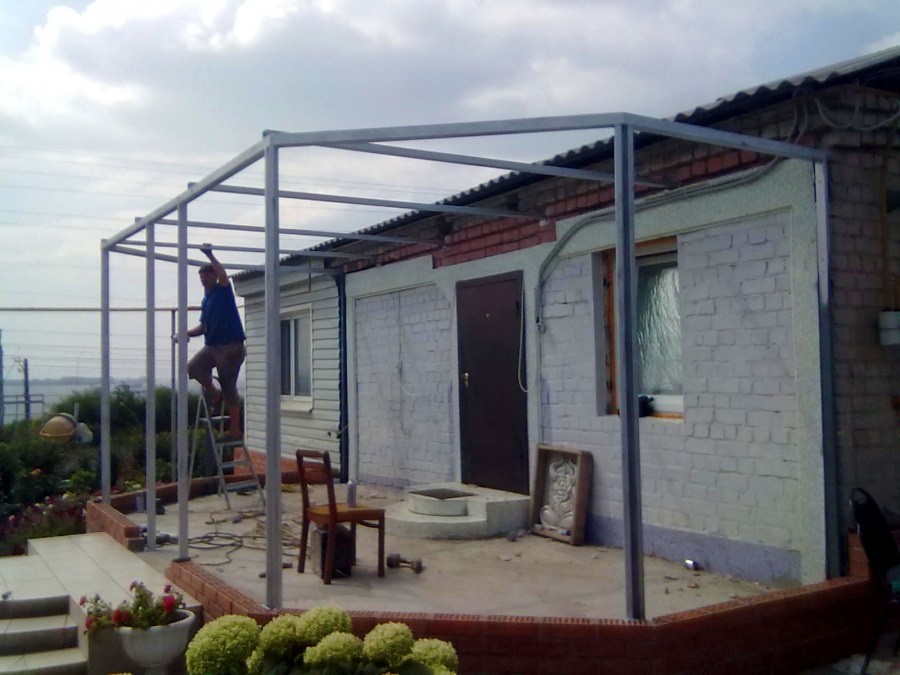Veranda attached to the house - 100 photos of the best projects and unusual design of the veranda
A great additional place to relax with the whole family or to receive guests is the veranda attached to the house. But it often happens that the initial project of building a house does not provide for such a wonderful recreation area. It doesn’t matter, you can attach this room after the completion of the main construction.
As you can see in the photo of the verandas attached to the house, the variety of design solutions is simply amazing in abundance. Having familiarized with the proposed ideas, you can choose the project you like, or you can create a unique one by borrowing one or more ideas.
To prevent unpleasant surprises both during construction and during operation, you need to familiarize yourself with the main stages of construction.
Preparatory stage
The preparatory phase includes mainly analysis and planning. First of all, you need to pay attention to the following:
- Foundation of the main structure;
- Constructive walls and roofs;
- Soil condition at the proposed construction site;
- The most frequent direction and strength of the wind;
- The height of the snow cover.
Place of erection and types of veranda
Many interesting design projects are based on modern open verandas for giving or at home. Such a solution is suitable mainly for warm regions. The main disadvantage of this choice is the need for frequent cleaning, as gusts of wind carry dust and leaves from the trees into the open room, and rainfall can render furniture and decor items unusable.
Therefore, closed verandas are most common in our region.
The veranda attached to the house should be harmoniously combined in style with the main structure, it is also recommended to carry out construction from the same or similar materials.
Most often, the veranda is located on the side of the main entrance. The dimensions of the extension are determined based on the size of the main structure. At the design stage of the veranda, it is worth paying attention to the location and design of the stairs.
Stationary heating, as a rule, is not provided, since it is not practical to insulate the veranda, it is sufficient to protect it from wind and precipitation by structural elements.
Foundation laying
Once you have decided on what to make the veranda and what place, you can begin construction. The method of laying the foundation directly depends on the choice of the type of veranda. After all, the foundation is the foundation of the structure.
For the veranda of brick, a tape type of base is suitable. To bookmark this type of foundation you will need:
- Dig a ditch about half a meter deep and about 30 cm wide;
- The bookmark should be reinforced. With a small weight of the veranda, the reinforcement rods are quite simple to install in the ground, and if the weight of the structure is quite heavy, a tight connection of the reinforcement to each other is necessary;
- Next, formwork is installed from boards or plywood, which rises above the ground by 15-20 cm;
- At the bottom of the trench, a mixture of crushed stone and sand is poured, after tamping, it is poured with concrete;
- Concrete should not be too thick, a liquid solution is also unacceptable.
The veranda made of wood is much lighter than brick, so the foundation of the columnar type can be successfully applied. This method consists in installing brick pillars at the corners of the structure if the area of the future veranda is relatively small. With a dimensional, but not heavy construction, additional brick columns around the perimeter are needed.
Progress:
- For each column, a pit 1 m deep is required;
- The bottom is covered with a mixture of rubble or gravel mixed with sand;
- After tamping, this mixture is poured with concrete for 15-20 cm;
- After the concrete base has hardened, brick pillars are laid up to the foundation of the main building;
- The cavities of the brick pillars are filled with crushed stone with sand.
Main construction
Wireframe. There are several ways to attach the frame of the veranda to the house. They use for construction the most common materials such as brick, wood, foam concrete blocks.
Roof. The most common option for a roof for a terrace is a shed type of construction. It is recommended to use the material from which the roof of the main structure is made.
The most used materials for the construction of the roof of the veranda can be identified: roofing material, metal and classic tiles.
The main steps of roof equipment in this way:
- The boards to the rafters are fastened closely;
- The roofing material is overlapped and fixed with nails made of galvanized steel;
- Additional web fixing is carried out by rails with a certain mounting step;
- The lower edge of the coating is bent and fixed.
An interesting material used in the construction of the roof of the veranda is transparent polycarbonate. This is a modern building material that is durable. In addition, buildings, including roofs, look quite stylish.
The interior decoration primarily depends on whether the terrace is open or closed. The open veranda is subject to negative environmental factors: wind, rain, frost. In this regard, the finishing material must be resistant to temperature and moisture resistance.
The materials are diverse, for example, wooden lining, panels made of MDF or PVC, as well as siding. All these materials are quite diverse in color and texture, which pushes the creative boundaries of interior design projects. In the photo of the veranda inside, tendencies towards natural finishing materials and textures are traced.
Floor covering. As a rule, the material for finishing the floor on the terrace remains a classic - a wooden board. Boards are laid directly on the logs on top of the thermal insulation. Upon completion of installation, the boards are covered with paintwork.
Variety of terraces
Options for building verandas are quite diverse. It all depends on the place of construction, the selected material, preferred style and financial capabilities.
The modern version of the veranda is from pre-fabricated double-glazed windows. The design looks light and weightless, and the use of advanced technologies, namely sliding window systems, allows you to transform a closed veranda into an open summer terrace.
Veranda made of wood - classic Russian style. Construction is carried out from logs. The thickness of the bars used must be at least 12 cm. The work is carried out according to the following plan:
- Bottom harness, preferably double. Logs are connected using a direct lock;
- At the height of the second beam, vertical racks with lags are fixed using nails or staples.
- The main racks are located at the corners of the structure. Intermediate racks can also be installed, if necessary.
- Also, special attention should be paid to the connection of the frame of the veranda with the main structure. In the future, this will facilitate the interior decoration.
Do not forget about protecting the wooden structure from moisture, since natural wood is prone to decay. Ruberoid may well act as a waterproofing of the lower logs from ground moisture.
During the construction, for sound insulation between the logs, it is necessary to lay pads made of felt or rubber. To protect against pests, the building is treated with an antiseptic, such treatment will also reduce the fire hazard of a natural tree.
Brick porch is the most practical and durable. But when building such a solid type of terrace, you should pay attention to some points:
- The base level of the extension must coincide with the foundation of the main structure;
- Next, waterproofing and insulation materials should be laid on the foundation;
- It will ideally use the same type of brick as the main building;
- If a gap has formed between the annex and the building, it must be foamed with mounting foam, this will also increase the thermal insulation.
The modern material for building a terrace is polycarbonate. Such a building has many advantages. For example, a foundation is not required; a sufficiently necessary area should be leveled and decorative tiles laid. The frame of this design is made of a metal profile.
The transparent polycarbonate terrace looks, and indeed, quite light. Such a building can, like a double-glazed veranda, be transformed. In clear weather, enjoy the nature of the site, and in bad weather coziness and comfort.
Interior decoration is carried out at the final stage of construction, laying of electrical communications and lighting. The decorative design of the interior of the veranda also depends on the tastes and preferences of the owner.
All types of terraces are interesting in their own way, have their own characteristics and advantages, on which to choose your choice depends only on your desire.
Photo of the veranda attached to the house
Walnut tree - description, real photos, benefits and harm to the body
Imitation of a bar - 130 design photos + DIY installation instructions
Concrete walkways - 95 photos of garden decoration with simple and effective methods
Join the discussion:

